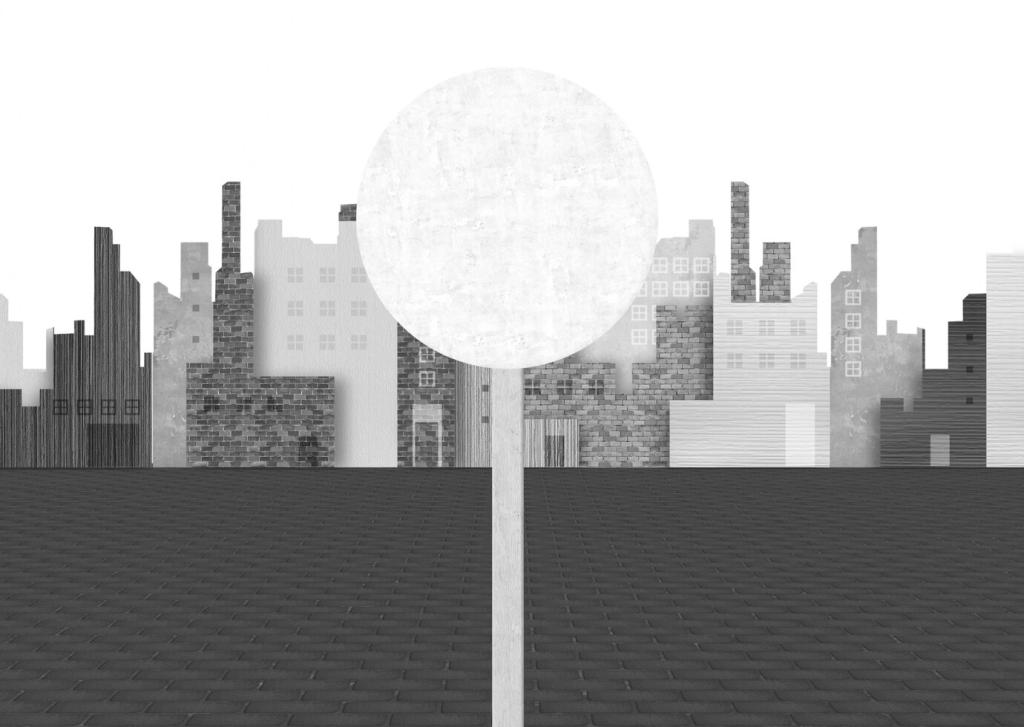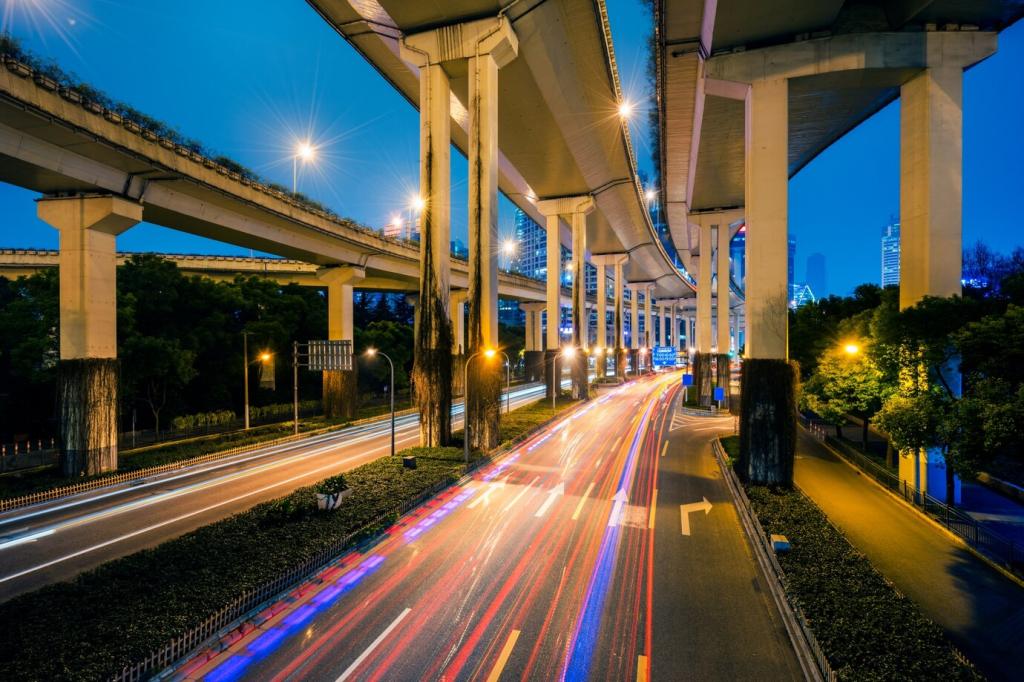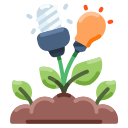Smart Urban Gardening Innovations
Urban gardening is experiencing a digital revolution, transforming rooftops, balconies, and small community plots into efficient and productive green spaces. Innovative technologies are merging with sustainable practices to address the unique challenges of city settings—such as limited space, resource scarcity, and unpredictable environments. Smart urban gardening innovations blend automation, data-driven insights, and eco-friendly methods, creating opportunities for city dwellers and communities to grow fresh produce, beautify neighborhoods, and enhance quality of life. The following sections delve into the latest smart solutions shaping the future of urban gardening.

Previous slide
Next slide
Automated Irrigation Solutions
Drip Irrigation with Real-Time Sensors
Drip irrigation systems equipped with real-time soil moisture and weather sensors bring precision watering to city gardens. These smart setups monitor ambient and soil conditions, delivering water exactly when and where needed. Mobile applications notify gardeners about water usage and recommend adjustments, leading to healthier plants and less waste. The result is a sustainable system adept at supporting both small-scale home gardens and larger community plots.
Smart Sprinkler Networks
Smart sprinkler networks leverage wireless connectivity, weather forecasts, and plant-specific data to automate and optimize watering routines. Each sprinkler head can adjust flow rates depending on the type and number of plants in its zone. Integrations with digital assistants allow users to control watering remotely, set schedules, or override cycles in response to changing weather. These networks streamline garden care and support the sustainable management of urban green spaces.
Self-Watering Planters
Self-watering planters use capillary action, reservoirs, and moisture sensors to deliver water directly to a plant’s root system. Modern designs incorporate IoT sensors that measure soil moisture and nutrient levels, and some even alert gardeners via smartphone when refilling is needed. These planters are perfect for busy urbanites, eliminating the guesswork and routine of daily watering while ensuring plants remain lush even during travel or busy work periods.
Smart Lighting Systems
LED Grow Lights with Adaptive Settings
LED grow lights with adaptive settings analyze ambient light levels and adjust output to give plants exactly what they need throughout the day. Smart controls allow users to simulate dawn, dusk, or seasonal light changes, supporting the natural rhythms of various plant species. Energy-efficient designs reduce electricity costs, while mobile connectivity enables remote management, making it easier than ever to keep plants thriving indoors.
Solar-Powered Lighting Modules
Solar-powered lighting modules harness the sun’s energy to provide supplemental light during cloudy days or after sunset. These self-contained units are ideal for urban gardeners seeking sustainable solutions. Intricate energy management systems store surplus power and release it as needed, supporting growth cycles without relying on the grid. Deployment is simple and flexible, making it possible to add light wherever city gardens need a boost.
Automated Light Schedules
Automated light schedules use machine learning to adapt to plants’ specific requirements and the local environment. By analyzing growth data across different garden zones, these systems fine-tune schedules to enhance yield and health. Scheduling can be remotely controlled and integrates with other smart gardening tools, ensuring plants never suffer from inconsistent or inadequate lighting, no matter how complex the urban space.
Data-Driven Plant Care
Soil Health Monitoring
Soil health monitoring technology tracks key metrics such as pH, nutrient availability, and moisture. Portable sensors connect to cloud-based platforms, providing instant feedback and suggesting interventions to improve soil conditions. Over time, the collected data creates a personalized soil profile, enabling gardeners to develop more effective and sustainable care routines tailored to their unique urban plot.
Disease and Pest Detection Algorithms
Advanced image recognition and AI algorithms detect early signs of disease or pest infestations on leaves, stems, and flowers. Mobile apps allow users to photograph suspect plants, instantly analyzing symptoms and recommending targeted treatments. Early detection reduces the need for chemical treatments and prevents widespread outbreaks, making gardening healthier for both plants and people.
Growth Tracking and Analytics
Growth tracking and analytics tools compile data on plant development, from germination through harvest. By visualizing trends and highlighting deviations from expected growth patterns, these systems assist growers in diagnosing issues quickly. Historical data is leveraged to predict optimal harvest times and fine-tune care routines, ultimately resulting in higher yields and more predictable outcomes for urban gardeners.

Shared Task Scheduling
Shared task scheduling tools coordinate gardening chores among multiple users, assigning roles and sending automated reminders. These digital calendars improve efficiency, reduce the occurrence of missed tasks, and foster a sense of group responsibility. Real-time updates allow members to track progress, swap duties, and adapt schedules to accommodate holidays or unexpected absences, ensuring that every garden member can participate effectively.

Digital Plot Management
Digital plot management systems give each community member access to detailed information about their assigned area, including crop plans, soil data, and maintenance records. Interactive maps and data logs facilitate better planning and communication within large or complex garden spaces. Features such as progress reports and collaborative notes enhance transparency and make it easier to rotate crops or adjust layouts for the next growing cycle.

Online Knowledge Exchanges
Online knowledge exchanges connect urban gardeners with each other and with experts in horticulture, pest management, and sustainability. Members contribute success stories, troubleshooting tips, and gardening best practices that are continuously curated and updated. Access to a living knowledge base accelerates learning, helps newcomers get started, and encourages more experienced gardeners to experiment with new techniques, resulting in a more resilient and innovative community.
Sustainable Resource Management
Integrated rainwater harvesting systems capture and store precipitation for use in garden irrigation, reducing reliance on municipal water supplies. Smart filtration and distribution technologies ensure only clean water reaches the plants, and automated controls allocate water according to need. These innovations help urban gardens thrive in drought-prone regions and support long-term environmental stewardship.
Previous
Next

Green Roof Ecosystems
Green roof ecosystems turn otherwise unused rooftop spaces into lush, productive gardens. Advanced substrate and drainage systems, regulated by sensors, maintain ideal growing conditions. Green roofs provide insulation, absorb rainfall, and support pollinators, while automated maintenance systems ensure plant health with minimal intervention, making them a practical and visually appealing addition to city skylines.

Living Walls and Facades
Living walls and facades incorporate lush, vertical plant installations into building exteriors, creating vibrant green spaces in dense urban settings. Smart irrigation and lighting systems tailor care to varying light and wind exposures across a facade. These living artworks improve air quality, buffer heat, and can even display dynamic patterns as different species bloom, blending environmental function with architectural beauty.

Urban Farming in Shared Spaces
The concept of urban farming has expanded into shared spaces such as courtyards, lobbies, and community rooftops. Modular, self-sustaining gardens are integrated into building designs, providing fresh produce to residents or tenants. Automated care systems allow for hands-free operation, while shared harvesting programs bring people together, turning daily routines into opportunities for connection and sustainability.
